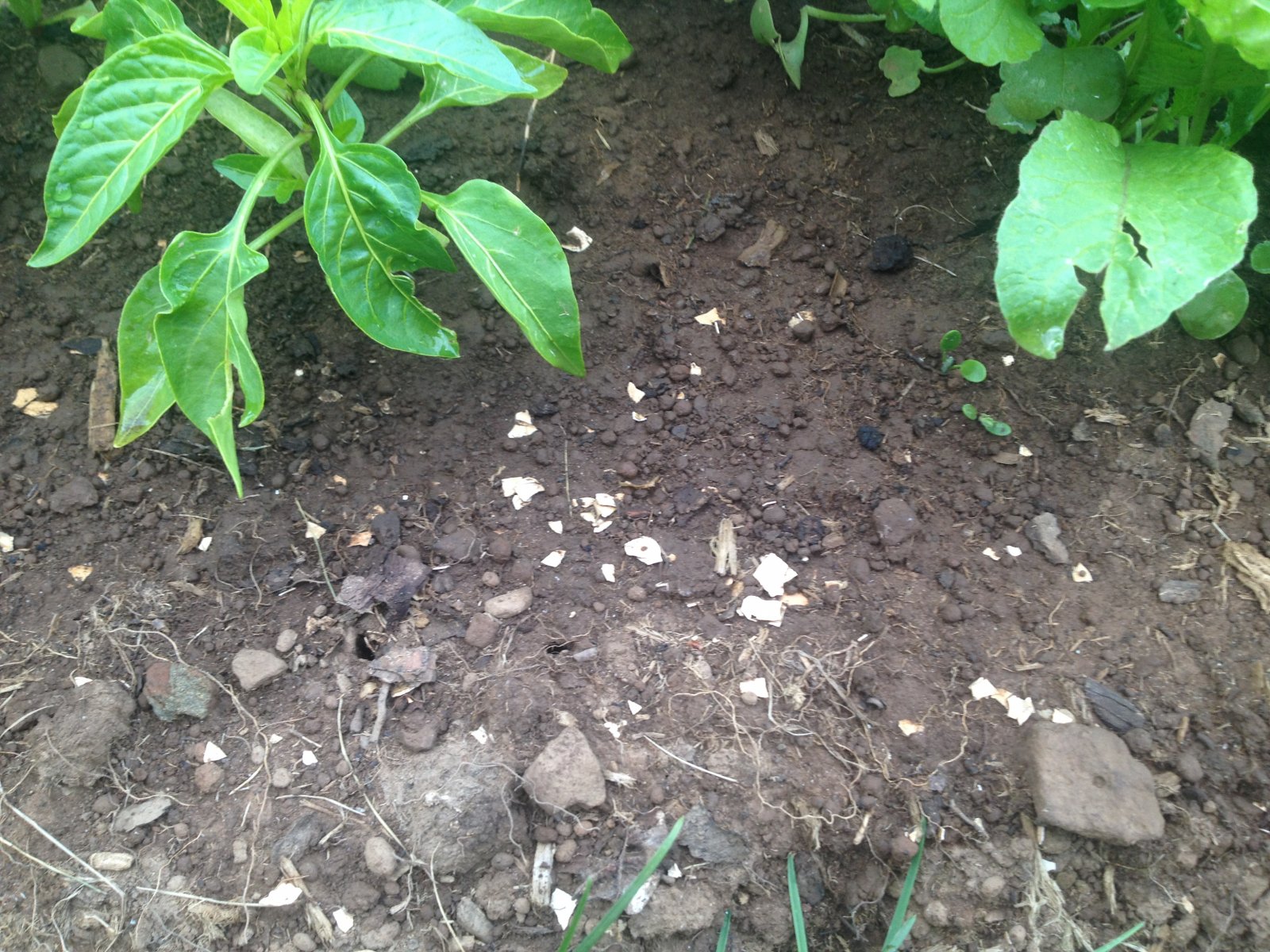Turn Your Trash Into Food!
May 28, 2019
story

In my house, food scraps AREN'T trash -- they are future food! My family and I compost food scraps (as well as any other plant material, and even some paper). Basically, composting means we leave them to rot until they become dirt. But compost isn't just any dirt. Compost is exceptionally rich dirt that is a perfect addition to your vegetable garden. In other words, your trash today becomes your food tomorrow!
My family and I recently moved into a new house. Right away, I wanted to start composting, but I didn't want to just throw all my old food into a pile! A loose pile of rotten food will attract animals. Not to mention, it's difficult to sort out the fully composted soil from still-decomposing scraps when I'm ready to put it to use! I also didn't want to spend any money on the project, so I looked around online for a creative solution. The picture above is what I came up with! I saw a post on Pinterest where someone was using old plastic crates as a compost bin. I had a few of those sitting around, so I gave it a try! These are the first two crates in my "compost tower" and, ideally, I will add an empty third crate to the top (to act as a lid). You can also line the crates with mesh, netting, or even paper if you want to provide added protection from rummaging animals getting in, or food scraps and soil falling out -- just be sure that air can still circulate freely to speed up composting and decrease odors!
In this system, the bottom crate has the oldest compost. I like this design because I can easily take the stacked crates apart, mix up the old compost if it needs a stir, or use the finished soil without having to pick out un-composted material. I can also add a third or a fourth crate if I need more space. Once the material in the bottom crate is fully composted, I'll spread it on my garden and move the empty crate to the top so the cycle can continue. The crates also provide so much ventilation that the compost doesn't smell bad as it decomposes.
I'd love to see your composting systems, and I'm happy to answer questions if you're interested in trying to compost yourself!
- Environment
- Technology
- Northern America
